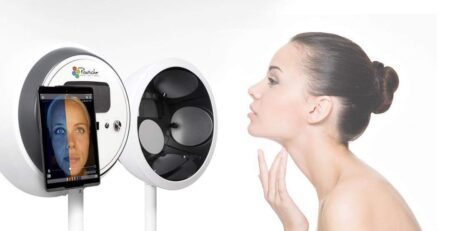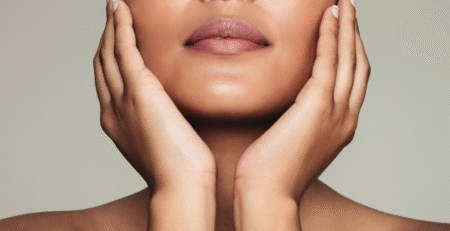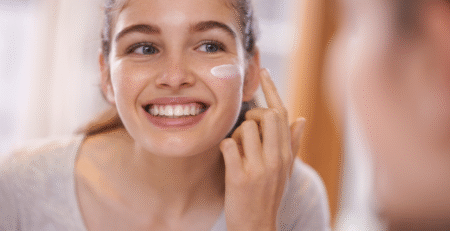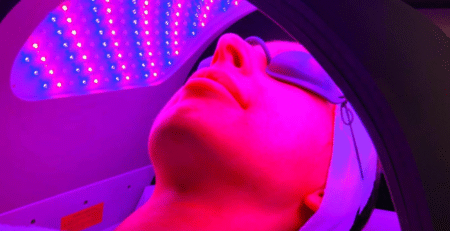Everything you need to know about professional in-salon skin peels including Dermalogica’s Pro Power Peel.
Peel Season
Autumn and Winter are often, in this industry referred to as Peel Season. There are in fact no hard or fast rules about what time of year you should peel your skin however the cooler, darker months are preferable for booking a peel. The simple reason behind this is that we have fewer hours of daylight and the cooler temperatures make recovery a little more comfortable. One of the most important aftercare steps with a peel is to avoid UV exposure and this is made easier in the winter. If you are new to peels I’d recommend starting this time of year, but if you want or need a peel during the brighter months talk to your skin care professional and they will advise you on what’s best to do.

What is a peel?
A peel is when we use active chemical ingredients to remove the outermost layers (as deep as the stratum germinativum/Basal Layer) to stimulate cell turnover and to improve the skin’s texture, brightness and appearance. Peels fall into different categories depending on the strength of the ingredients. They range from superficial peels that are gentle enough to use at home to deep peels that are performed by a medical professional. We all have different skin concerns but a peel should be strong enough to stimulate cell turnover but not so powerful that it will cause severe inflammation. We want our peel to be progressive, not aggressive.
Why should I have a peel?
Skin peels and especially Pro Power Peels can target a variety of skin concerns. From fine lines, wrinkles, acne scars, sun damage and hyperpigmentation our peels are designed to address a wide variety of concerns. Even the healthiest of skin can benefit from a regular peel as it will help improve overall texture and luminosity and is an excellent anti-aging treatment for your skin.
Preparing for a skin peel
Your very first step is to discuss your interest with your professional skin therapist and they will advise you if your skin is suitable or not. As therapists we prefer to work on healthier skin as this is when best results are achieved. If you are not already having regular facials we might start with this to build and fortify your skin barrier. We would access your homecare routine and make any necessary product recommendations. A patch test is essential prior to your first peel (2wks-24hrs). All at-home exfoliants must be stopped 72 hrs before your appointment as well as facial waxing and UV exposure.
Post peel care
It is essential that you follow any instructions given to you by the professional who performed your peel. It is most likely that you will experience tightness for the first few days post-peel, depending on your skin health you might also experience light peeling or flaking. Generally, our skin will start to improve on day 10 post-peel. The following steps are essential;
Apply SPF daily ( min 30) re applying throughout the day where necessary
Only use products that have been approved by your therapist
Avoid direct sunlight for 2-3 weeks
Do not wax or exfoliate your skin during the first 5 days
Do not pick or peel at any loose skin
Avoid exposure to excessive heat ( saunas, steam rooms) during the first 72hrs
Avoid strenuous activities during the first 24hr.
Contact your therapist immediately if you are concerned about the healing process.
Dermalogica Pro Power Peel
Here in Skin Essence, I work with Dermalogicas Pro Power Peel. As mentioned above we work with your skin over an extended period of time until I feel you are ready to have a peel done. My Pro Skin Peel 60 (€120) includes Massage and LED to aid recovery. I only recommend my Pro Skin Peel 30 (€80) to my seasoned clients who have healthy skin but need a quick turnaround in the salon. My most advanced offering is Pro Power Microneedling ( €195), this is the Ultimate facial that combines Microneedling and Peeling.
As always thank you for reading and if you have any questions please get in touch.
Margaret









